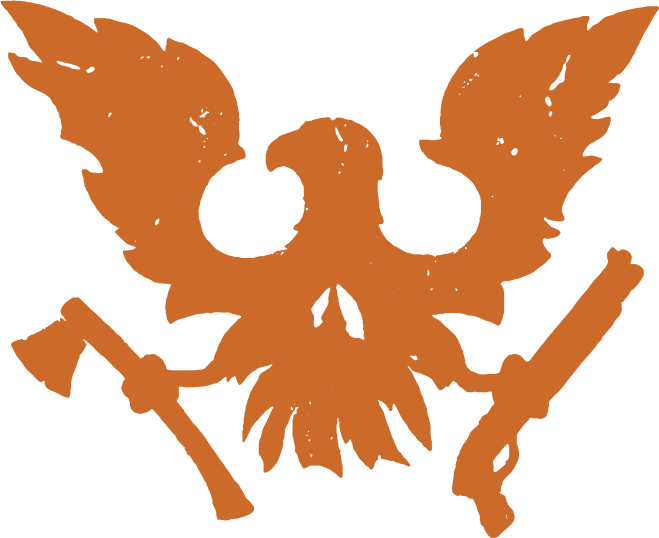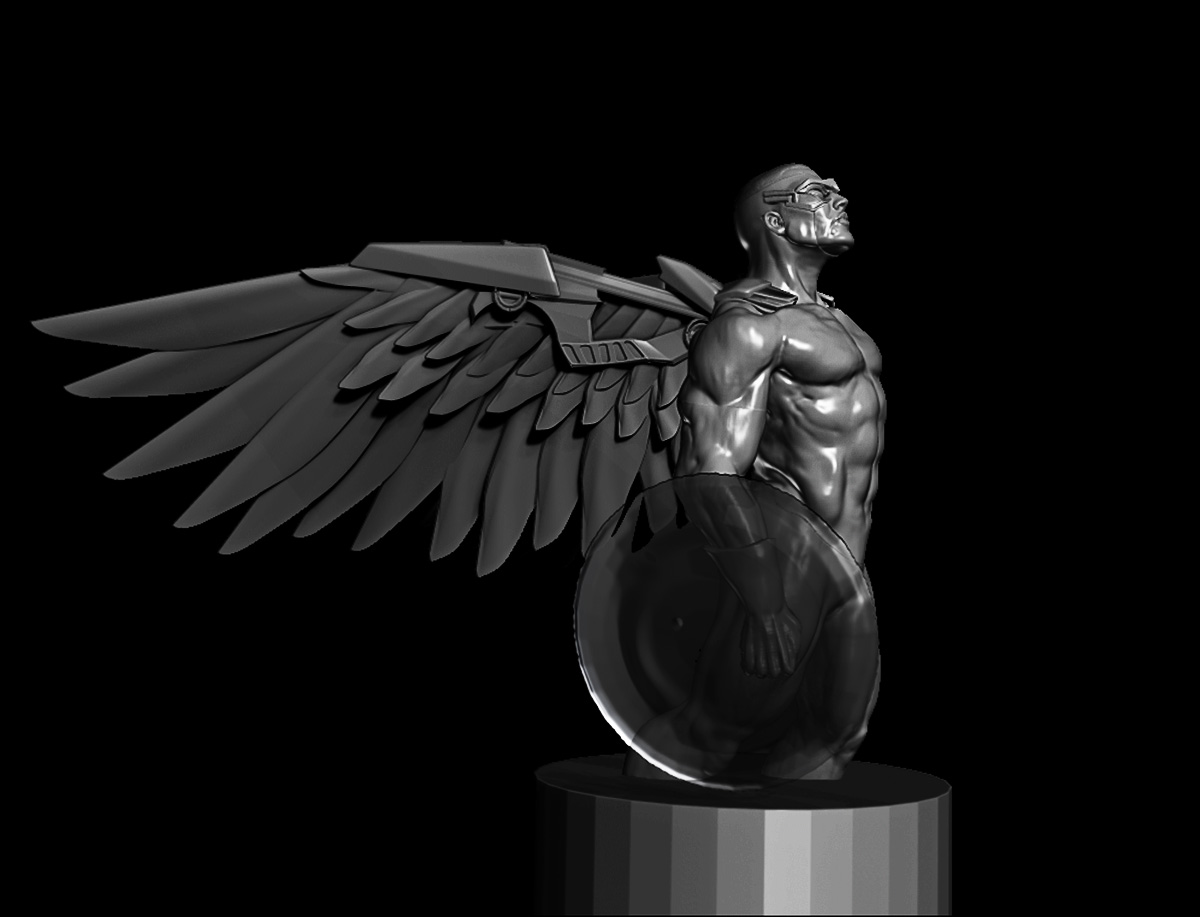Ty Ferrell, the artist we commissioned to design our Black History Month T-shirt in collaboration with the NAACP, is a Renaissance man. Veteran, artist, world-builder, history buff, world traveler, husband and father.
Read on for our conversation about life and art. Enjoy.
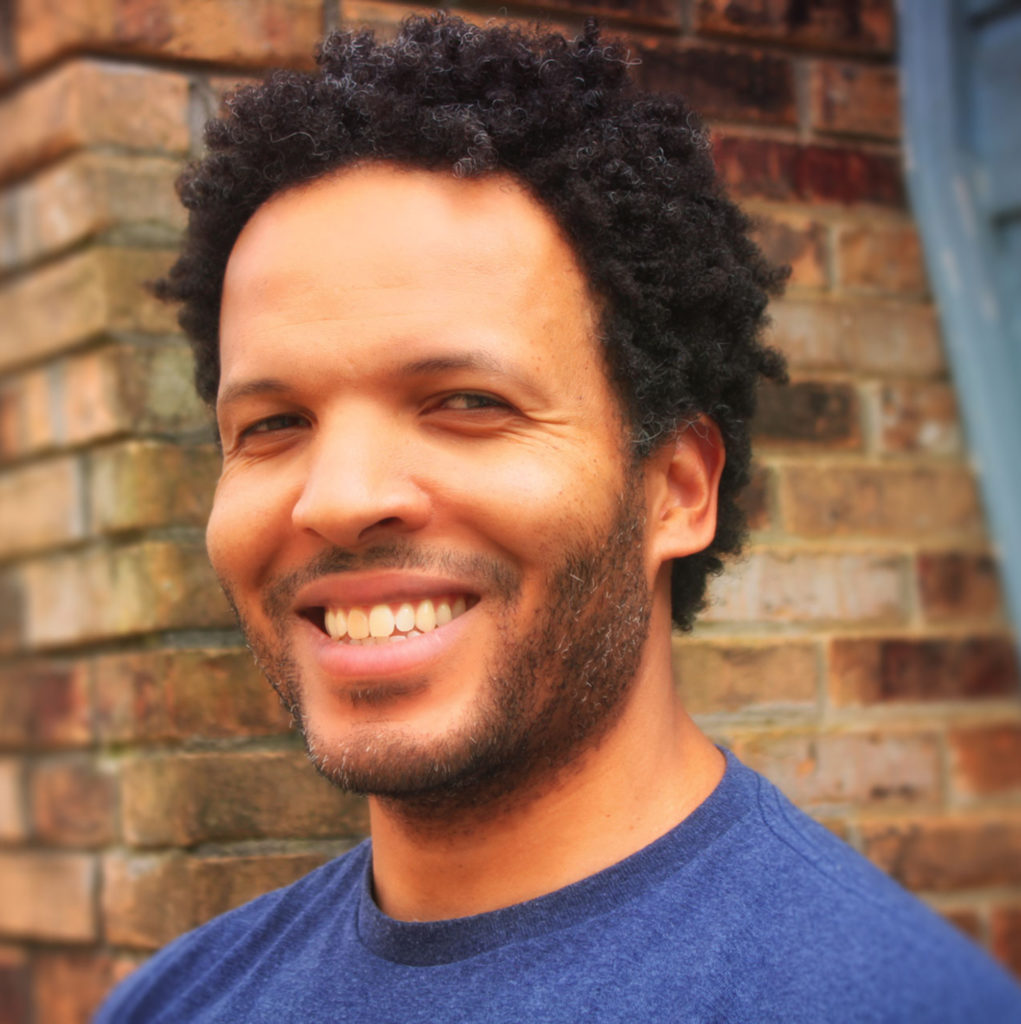
You mentioned that you derive a lot of inspiration for your work from ancient art. Why do you think that appeals to you so much? Can you give us some examples of the ancient past that you find inspiring?
I’ve always been intrigued by “Ancient Western Civilization” and the Hellenistic era of art — thinking about what it must have been like to use a mallet and chisel to build humans and creatures in stone, clay, and marble, in detail, feels inspiring for me. It’s just amazing how artists from this era were able to create beautiful pieces with such limited tools, which proves that you can use any tool to make art.
You don’t need the best, latest software; you just need to be able to use the tools that you have very well.
I also like the work of Renaissance paintings, for all the same reasons, especially those with battle scenes. As for sculpts, it’s hard for me to choose a favorite because there are many that are detailed and hard to not take notice of. But I’ll say that Nike, Laocoon and Sons, and Ara Pacis are at the top of my “Most Inspiring” list.
And looking forward, what trends in art/design are you enjoying right now? How do these influence your work?
You probably noticed through my portfolio that I enjoy realistic 3D compositions, but I also enjoy seeing originally stylized pieces when an artist or studio puts their unique flare on it — the work of Cedric Peyravernay is a good example.
Capturing a story, its mood and the world where it’s happening via just one shot is incredible; I love getting drawn into a piece that holds my attention and makes me look deeper into it.
Compositions like these drive me to get as many of the elements of a story as I can into each art piece so that I can capture the viewer in the same way. The gestures, the expressions, the lighting — I strive to refine these details in each project. I want to be able to tell a whole story through just one piece, even if the piece is as simple as a 3D sculpted bust of a character, and still be at a “good bar” for quality.
You said, “critiques make you better.” Tell us more about that philosophy and what creatives just starting out need to know.
In my opinion, acceptance of critiques is the discipline of understanding your audience and how to guide them visually to what you want them to know. Critiques automatically give you the different perspective you may need to see things in a different light. Constructive criticism can help refine your eyes for details and drive home the message to your audience. It challenges your convictions of your art direction and personal understanding of what makes a composition work.

If you are trying to get in, seek out critiques from art professionals — the more critiques you get, the more sensitive you can become to what you really do need to improve and what may not be a legit critique.
It’s no secret that the game industry has issues with diversity and inclusion, so sometimes, critiques for marginalized people trying to get into a studio could actually be coming from a place of discrimination. I’ve personally experienced this in interviews or ‘folio reviews in which people have said things like, “I don’t know what’s wrong with it, but it’s just wrong.” That’s a red flag, so if you aren’t sure what they mean in their critique or you disagree, then don’t be afraid to ask them to go deeper in their explanation. Having these tough conversations can only make you more productive in a career sense — or help you know that you’re dodging a bullet.
We heard about some of your inspirations when it came to designing the Done Dying charity T-shirt. Can you expand on that?
The most important theme to me was boldness — the design had to be relevant and bold to appropriately honor the NAACP’s #WeAreDoneDying campaign, spurred by the fight for social justice and equality. And because the tee was going in the game on SoD characters, I knew the design needed to be able to grab attention and to read well from a distance. I used this as a filter for many ideas that raced through my mind as I was developing the concept.

I’ve actually been designing tees and donating proceeds to charities as a side hobby for the past 4 years or so. Becoming a parent opened my eyes to the urgent need to leave this world better than it is now. The first tee I ever designed was “Courage to Kneel”, honoring Colin Kaepernick and raising money for the Equal Justice Initiative. Seeing the social uproar that followed Kaepernick’s peaceful protest felt very personal for me because (obviously) I am Black, and I am also a veteran (Army and Navy). Having these intersecting identities and knowing how much moral courage it took Kaepernick to continue kneeling was deeply moving, and I wanted to invoke that feeling in the Done Dying tee.
I also wanted to incorporate some nods to the heart of the protests, which is of course the unjust and disproportionate deaths of Black Americans. Because the death of Trayvon Martin is, in my mind, what sparked the modern movement (almost 10 years ago now), I honored him through the hoodie and incorporated the red, white and blue apparel because as painful as it is to admit, racism is as “American as apple pie.”
The ascending power fists mimic the outline of wings that work with the SoD skeagle, and the color choice of the fists represents the diversity of people who are rising up, protesting, and working to make change — because we certainly can’t do it alone.
The hardest part was keeping the theme of hope strong. It’s easy to fall into despair of hopelessness, but being able to look optimistically at the enduring struggle of people involved in making this world equal for all was a strong motivator to be bold and hopeful.

Winning the grant in 2019 to go to GDC sounded like a game changer. Tell us more about that!
I was excited and honored to be a recipient of the Jerry Lawson Grant; to be recognized for pushing against the odds to make my way into the industry and to be a voice for more diversity in games was thrilling. GDC as a whole was overwhelming.
When I went in 2019, I’d never been hired by a AAA studio. I’d only worked on indie titles, and I kept running into roadblocks because I didn’t have a AAA title on my resume. I thought that GDC would be that game changer that landed my first AAA job, but that didn’t happen. I’m sharing this because I know that a lot of people feel like GDC is the holy grail for getting a job in the game industry — and it can be, but in retrospect, I wish I’d gone in with a different set of expectations. And maybe slept a bit more instead of crunching on my portfolio for weeks before 🙂
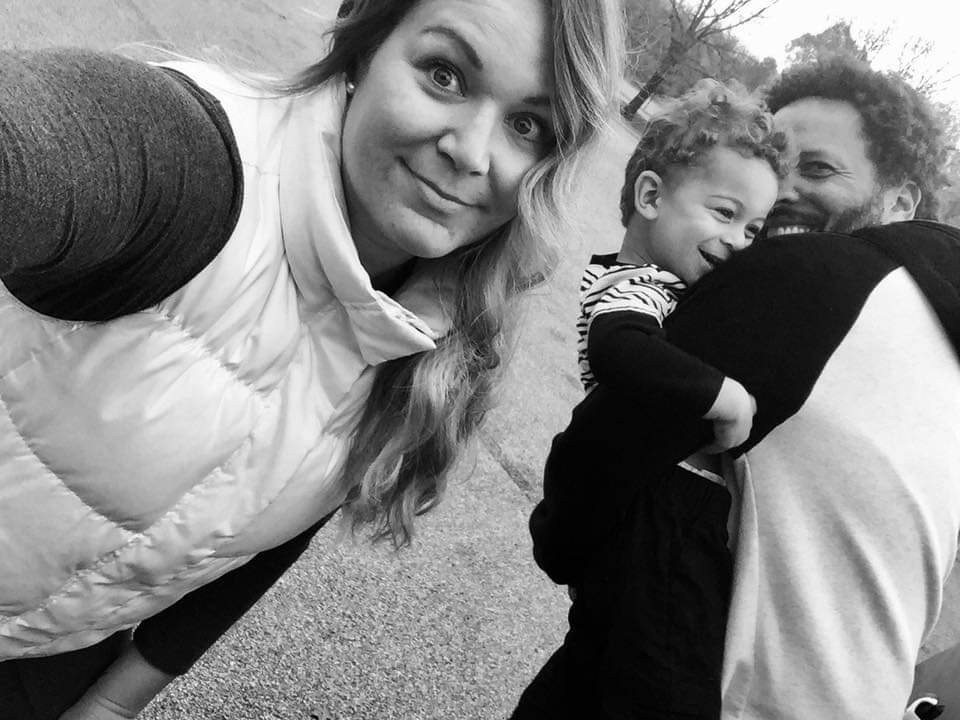
I did learn a great amount about the industry through Microsoft meetups and engagements at GDC, as well as met some amazing game devs. I also received some helpful constructive criticism from professionals in different studios to strengthen my portfolio. This gave me reconfirmation of what I needed to work on and support for what I was doing right. Personally, I feel like having these honest conversations about the industry’s growing pains and creating opportunities for diverse creators like Microsoft and Undead Labs has done for me is the game changer!
Tell us about your solo IP you’re working on! What makes you passionate about it?
Fervent is a story about an irresistible power and how it affects everyone around it. I have been developing the idea for a very long time (like since the 90s). It has gone through radical shifts as I’ve had more life experiences and gained better understandings of philosophy, psychology, and storytelling. Massive amounts of late-night research, particularly in the last 5 years, pushed me to finally script the story and just get something out there. I’ve done everything totally solo so far — the script, the art, the music, the voice overs, the animation, the tweets (haha) — to be able to get to the exciting point of releasing a Prologue (launching today!).
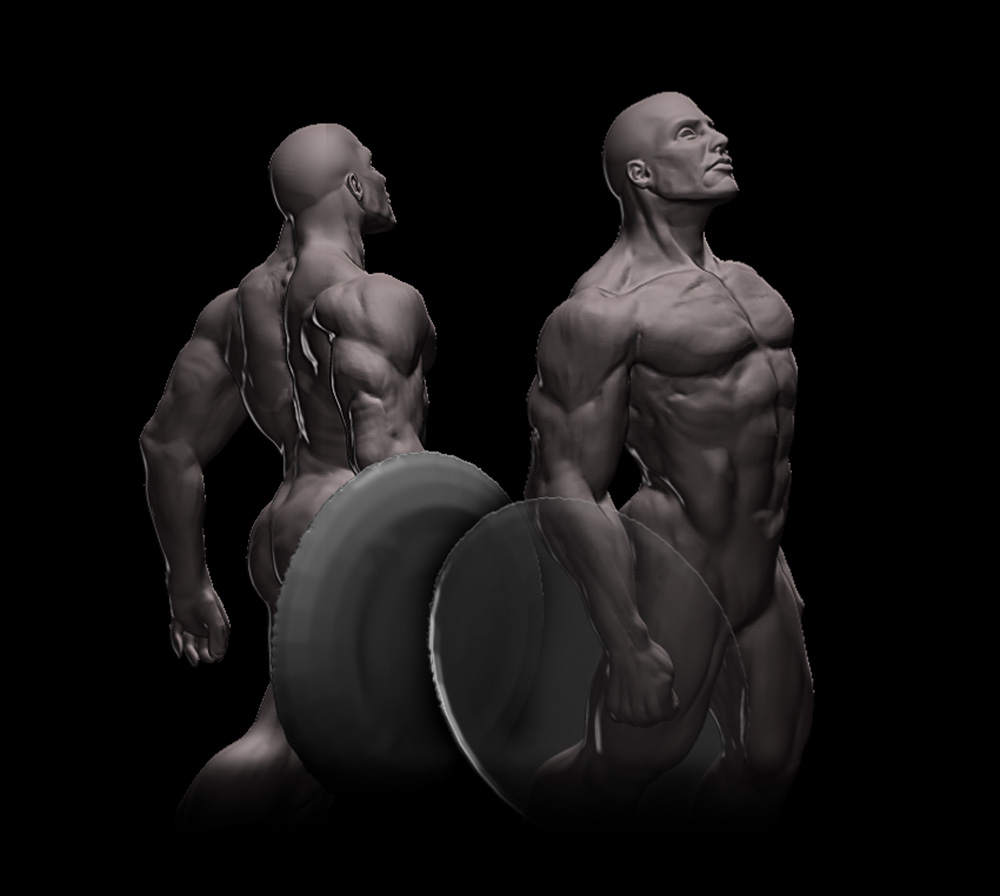
What makes me passionate about it is hard to say. I can’t point to any singular event or climactic experience that’s the driver.
It’s just something that is part of who I am; I’ve always been a creator and a storyteller, since I could pick up pencils and draw as a small kid.
Fervent is the story that’s stuck with me through all the transformations and iterations. And not to get all existentialist, but I think part of human nature is trying to figure out how to wield the power around us to live the best lives that we can. We typically see the stories from the point of view of people — Fervent gives the point of view of the power, as it’s the main character with the actors around it being the supporting cast.

Fervent’s creation is still unfolding; it’s scripted so that it can be a fully-animated series or a story-driven game. Without funding, I may have to complete it as a hybrid animated series and comic. But once the Prologue is released and a few things are polished, I’ll start seeking funding. We’ll see.

Anything else we haven’t covered you want to add?
Hmm… I am a huge fan of history, so much so that I tend to watch historical documentaries over movies. I’ve also been fortunate to have some off-the-beaten-path experiences. For example, I worked as a personal trainer at a luxury resort in St. Lucia for 6 years, learned trapeze in a tutu in Thailand, studied capoeira during a short stint in New Zealand, and fiddled with home-brewing craft beer in the Appalachian Mountains (sadly, never learned how to make real moonshine).
One of my most important jobs was being a stay-at-home Dad while both of my kids were infants, and wow, that’s a serious job.
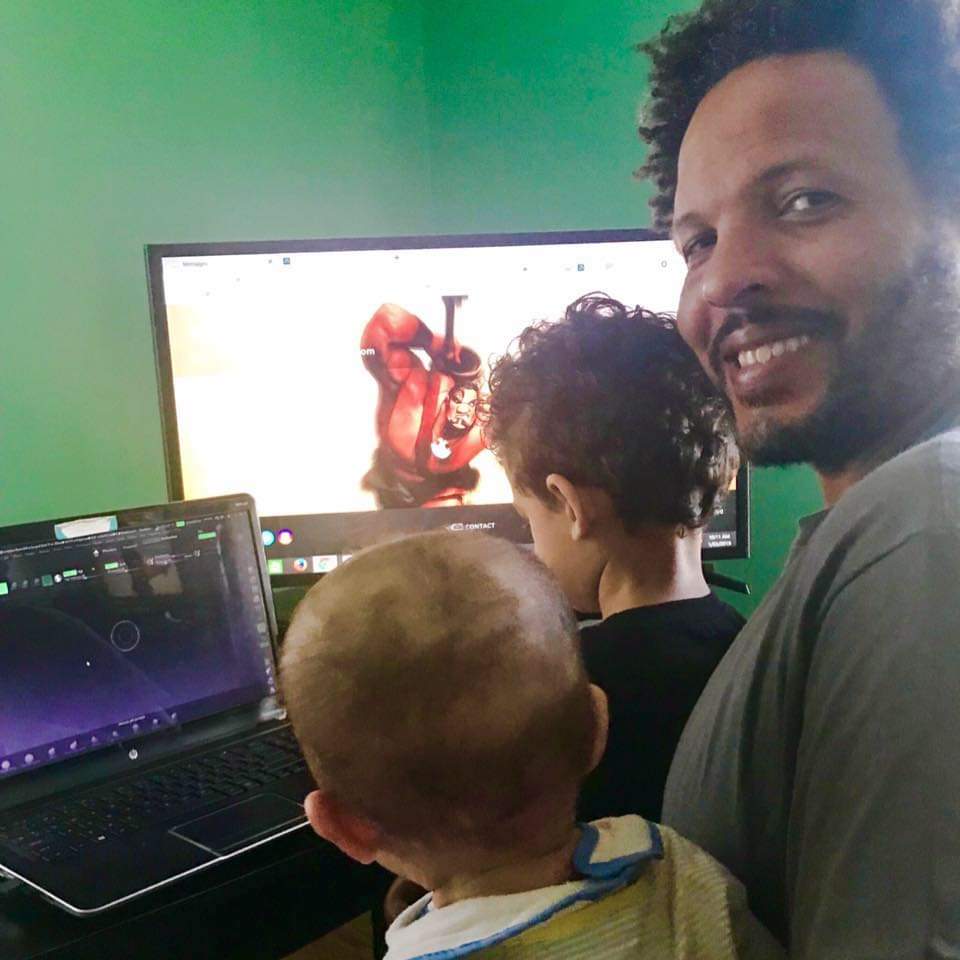
One last thing — not only am I a minority, but I am also 45 years old. It’s important for me to mention this because when I was in my 20s and 30s, getting into the game industry seemed impossible.
Someone out there may need to hear that it’s not too late; stay resilient and keep pushing.
I look back somewhat content at the gains I have made, and I have to state I most certainly didn’t make them alone. I look forward to helping other artists get to the next level if I can. Huge thanks to Undead Labs and Microsoft for making this project happen!
Thank you, Ty, for sharing your insights! To continue following Ty’s artwork, check out his Artstation portfolio, and follow him on Instagram and Twitter. And check out his solo project, Fervent, which launches its Prologue today. And, if you missed his appearance on our livestream, you can watch the replay above.
Be sure to grab the extremely limited edition NAACP x State of Decay T-shirt Ty designed for us. It’s only available until March 1!
